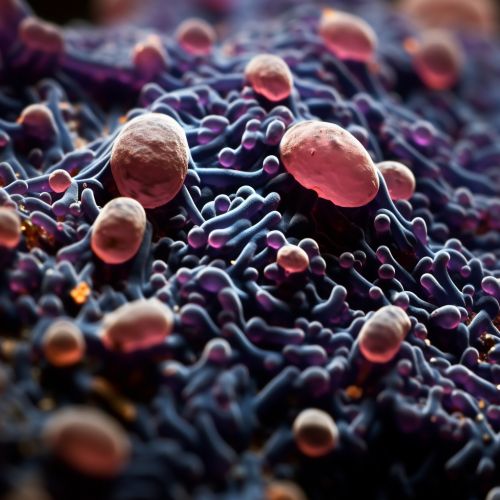Pseudomonadales
Taxonomy and Classification
The Pseudomonadales are an order of proteobacteria. They are classified under the gamma subdivision of Proteobacteria and are further divided into two families: Pseudomonadaceae and Moraxellaceae. The Pseudomonadaceae family is further subdivided into six genera: Pseudomonas, Azomonas, Azotobacter, Azomonotrichon, Azospira, and Azovibrio. The Moraxellaceae family, on the other hand, is divided into four genera: Moraxella, Acinetobacter, Psychrobacter, and Enhydrobacter.


Characteristics
Pseudomonadales are gram-negative, rod-shaped bacteria. They are known for their metabolic diversity, as they can degrade a wide range of organic compounds and are often found in environments contaminated with various pollutants. They are also capable of performing denitrification, a process that converts nitrate to nitrogen gas, which is an important part of the nitrogen cycle.
Ecology and Distribution
Pseudomonadales are ubiquitous in nature and can be found in a variety of environments including soil, water, and plant surfaces. They play a crucial role in the biogeochemical cycles of various elements including carbon, nitrogen, and sulfur. Some species are also known to form symbiotic relationships with plants, aiding in nutrient uptake and providing protection against pathogens.
Medical and Industrial Significance
Several species of Pseudomonadales are of medical and industrial importance. For instance, Pseudomonas aeruginosa is a common opportunistic pathogen in humans, while species of the genus Azotobacter are used in agriculture for their ability to fix atmospheric nitrogen.
